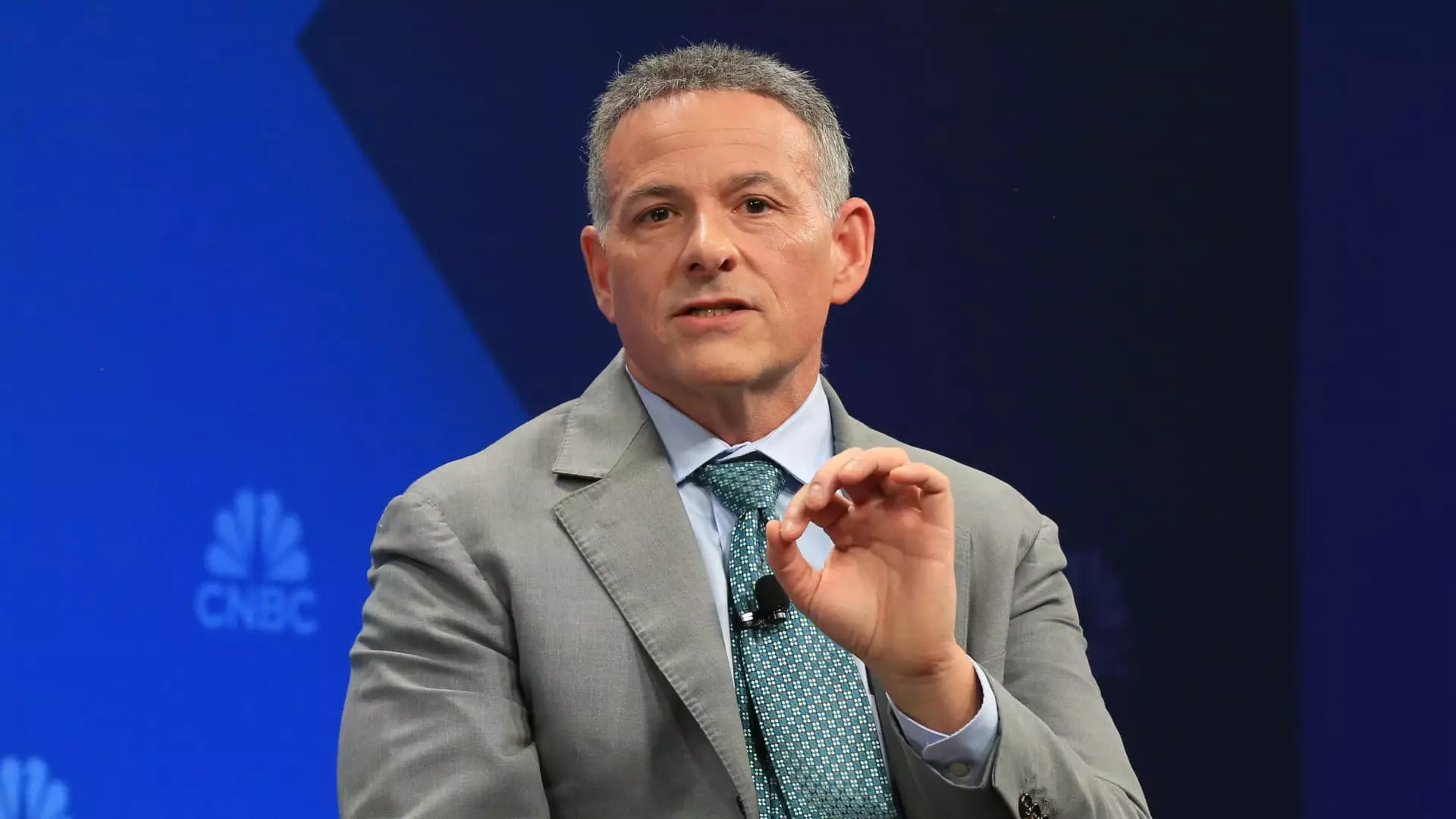In recent months, the financial landscape has come under scrutiny as speculation levels soar unprecedentedly. The commentary from renowned investor David Einhorn of Greenlight Capital highlights an intriguing phenomenon in the crypto market that merits critical examination. According to Einhorn, the trend surrounding so-called “fartcoins” exemplifies a disconnection from rational investing principles and a plunge into whimsical financial ventures devoid of substantial utility.
Einhorn’s assertion, captured in an investor letter, encapsulates a familiar narrative in market cycles where irrational exuberance reigns supreme. He coined the term “fartcoin” to describe a meme coin that has surged in valuation primarily due to speculative interest ignited by political events, notably the rise of Donald Trump. This coin’s meteoric rise, with a market capitalization nearing $2 billion, raises questions about the sustainability and real-world applications of such digital assets. This scenario not only trivializes investment principles but also evokes concerns about investor behavior that hinges more on speculation than on intrinsic value.
The emergence of multiple meme coins, including the newly launched $TRUMP and an initiative by Melania Trump, has compounded the situation. These meme coins epitomize a shift from practical investments toward a speculative bubble fueled by social media enthusiasm and celebrity endorsements. The $TRUMP coin, boasting a market cap that skyrocketed to over $14 billion at one point, epitomizes how easily market perceptions can shift, fostering an environment where short-term profits overshadow long-term considerations.
The volatility inherent in these assets poses a significant risk to investors, particularly those who may not fully grasp the unpredictable nature of the crypto market. Just as swiftly as these coins can ascend, they can plummet, leaving latecomers with substantial losses—a hallmark of speculative behavior.
Einhorn’s insights arrive amid a broader context where the stock market is buoyed by expectations of fiscal policies under a second Trump administration. The buoyancy of major indices, like the Dow Jones Industrial Average, reflects a collective optimism that can exacerbate speculative tendencies. When equities surge based on expected policies rather than fundamental growth, the risk of forming asset bubbles becomes pronounced.
Moreover, Greenlight Capital’s positioning against crypto-linked exchange-traded funds illustrates a strategic response to the burgeoning speculative environment. By betting against popular funds tethered to Bitcoin, Einhorn’s firm signals a cautious approach towards the unregulated and often unpredictable nature of digital currencies.
Ultimately, Einhorn’s letter serves as a catalyst for introspection within the investment community. As we peer into the future of speculative assets, the rise of “fartcoins” and meme coins commands attention. While the allure of quick profits appeals to many, a deeper understanding of market cycles and investor psychology is essential for navigating these turbulent waters. The impending question, as Einhorn aptly puts it, is whether we are transitioning from the “Fartcoin stage” to an era characterized by even more extravagant speculative ventures. What remains clear is that the current landscape invites caution, skepticism, and an urgent need for due diligence.

